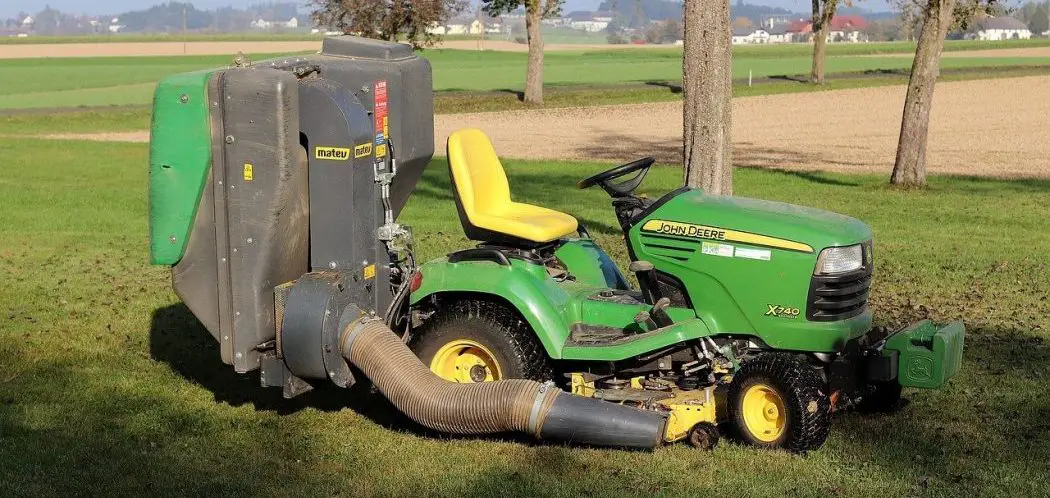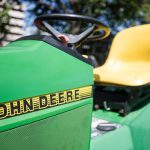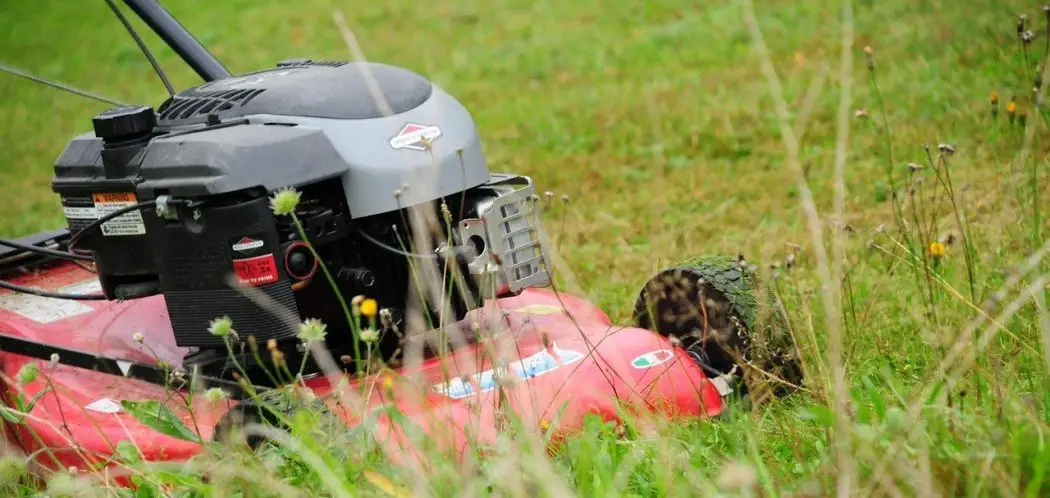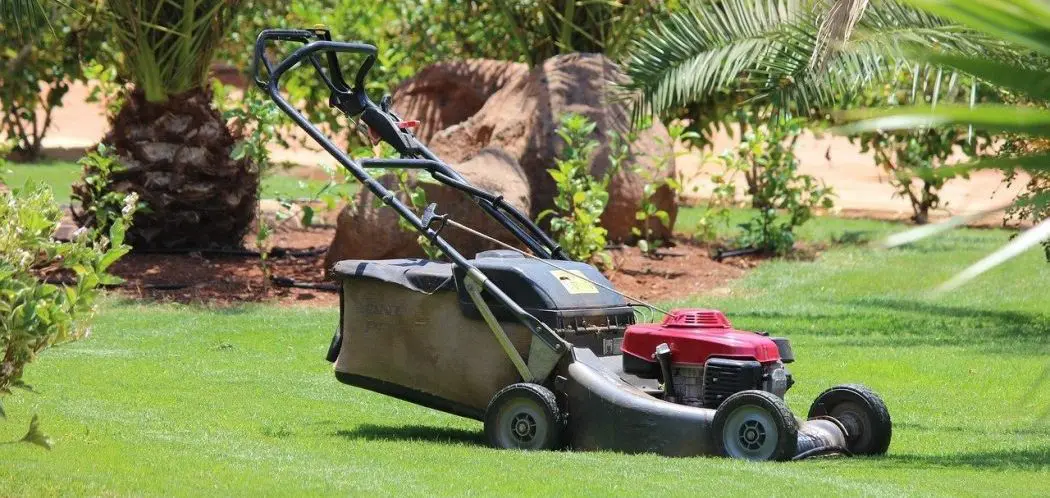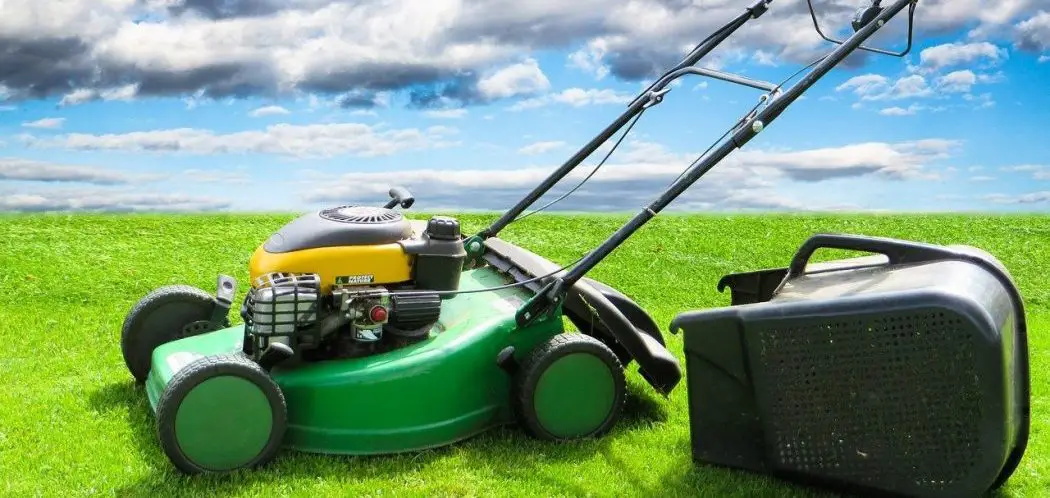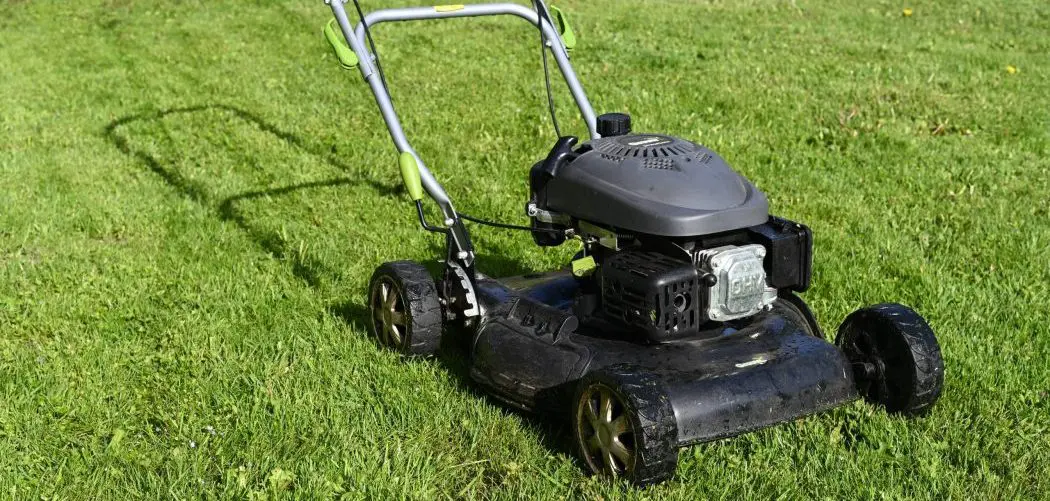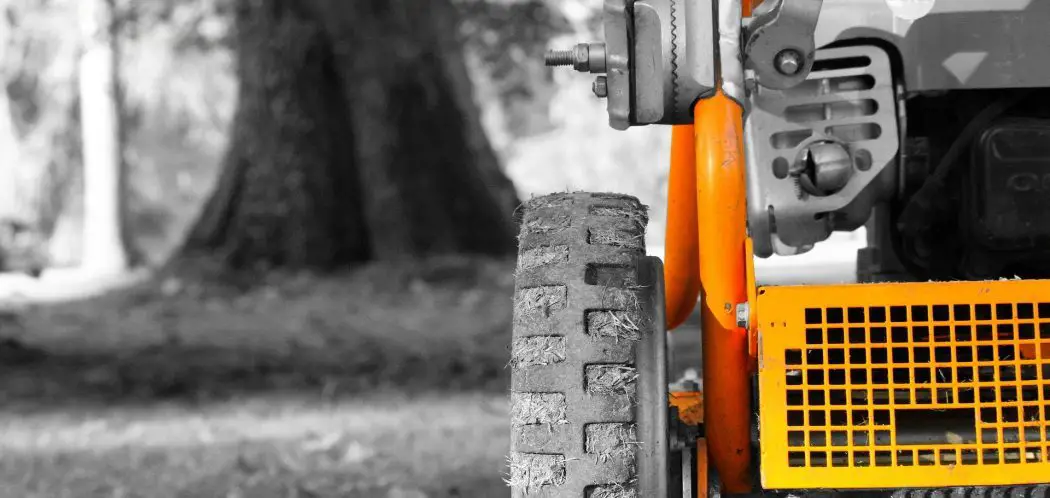Lawns mowers do much more than just cut grass, and if you’re curious about how much your lawn mower can pull, the answer can vary greatly between one mower and the next. That being said, as a general rule, most riding lawn mowers can pull between 290 and 580 pounds, or 50% to 100% of the weight of the mower plus the operator.
These are just general recommendations, of course, but for most riding lawn mowers, these basic rules will work. Fortunately, the weight of your lawn mower is usually included in the information that comes with the purchase, so it’s easy for most owners to determine how much weight theirs can pull.
How Do I Find Out My Mower’s Towing Capacity?
The first thing that you should do is look in the user manual that came with your lawn mower. In nearly all cases, this manual will give you an exact amount of weight you can tow or pull with your particular model. Most companies also have toll-free customer service numbers that you can call if the manual doesn’t include this information. If you’re planning to tow things regularly, you’ll need to know exactly how much you can tow before you get started.
15 Examples of Riding Lawn Mowers and Their Weights
Below are some weights of many of the riding lawn mowers on the market today. Keep in mind that these are only the weights of the lawn mowers themselves. To get an accurate number for towing, just add your weight to these numbers and use 50% to 100% of that number for the towing weight that you should use.
Craftsman 46: 525 pounds
Craftsman T210: 510 pounds
Cub Cadet XT1: 410 pounds
Cub Cadet XT1LT46: 430 pounds
Cub Cadet XT2SLX: 470 pounds
Husqvarna GTH52XLS: 815 pounds
Husqvarna YTA24V4: 670 pounds
Husqvarna YTH18542: 490 pounds
John Deere E120: 420 pounds
John Deere E150: 483 pounds
John Deere S249: 458 pounds
John Deere X300: 542 pounds
Poulan Pro PP155H42: 465 pounds
Poulan Pro PP19A42: 402 pounds
Troy-Bilt Bronco: 495 pounds
As you can see, most of these mowers weigh in the 400-pound range, so if you weigh 180 pounds, just add 180 to the weight of the mower and you’ll be able to tow 50% to 100% of that weight with your mower.
The Factors Affecting How Much a Lawn Mower Can Pull
As you can imagine, there are numerous things that can directly affect the weight that a lawn mower can tow, not just the weight of the mower. To best determine how much you can tow with your own riding lawn mower, you’ll want to take all of these things into consideration first. Keep in mind that in many ways, “towing capacity” is not really a technical specification and therefore not an exact science.
What Is Being Towed?
In addition to everything else, you have to pay attention to what is being mowed, and this includes any attachments or equipment that you’re adding to the lawn mower. Remember that the total weight counts, so you’ll have to consider the accessories or equipment as well as your and the lawn mower’s total weight. Pay attention to:
- Dump cart. Check the weight of your cart. The typical 15-cubic-foot dump cart weighs about 110 pounds.
- Hitch. The average hitch used for your lawn mower weighs around 9 to 10 pounds.
- Hitch bracket. Even a hitch bracket can add 3 to 5 pounds to your total weight!
The point is: pay attention to every item you’re mowing with so that all of the weight is taken into consideration before you start to tow.
Some other things affecting how much you can tow include the following:
- Braking ability: You’ll want to make sure that you can brake and come to a complete stop whenever you need to. This is especially important when you’re towing something downhill. In fact, your ability to brake properly every time is crucial when you’re towing large loads with your tractor.
- Drivetrain: If you have a large load, which means 350 pounds or more, make sure that you depress the forward travel pedal halfway at the most. Any more than that and your transmission might be damaged. When towing large loads, you should always run the tractor at full throttle whenever the PTO is engaged for the best results.
- Horsepower vs. torque: For towing purposes, the torque of a lawn mower is a bit more important than the horsepower, so if you know that you’ll be using your riding mower to tow things, you’ll want to look for one that has a higher torque rating if at all possible.
- Manufacturer’s recommendation: There is always a section in the user manual all about towing capacity. Even if that number differs from your own calculation using the measurements mentioned above, it’s best to go with the number that the manufacturer recommends every time. After all, they made the mower, so they know best.
- Terrain: Rough terrain is going to increase the load on your tractor, which means that you might not be able to tow as much as you thought you would. If your terrain includes hills or inclines, downhills or declines, wet or muddy soil, or rugged or uneven terrain, you’ll want to subtract some weight and not tow as much as you would otherwise.
The Importance of Torque
If you’re not sure of the difference between torque and horsepower, it can be summed up this way: torque allows you to get the job done, while horsepower allows you to do the job quickly. The definition of torque is the engine’s rotational force, but you can think of it as the lawn mower’s pulling power, or the “oomph” of the lawn mower.
Torque is measured in either Newton meters (Nm) or pound feet (lb-ft). Pound feet and foot pounds, however, are two different things, so don’t get the two confused.
The higher the torque power of your riding lawn mower, the more oomph it will have and the better it will be at allowing your lawn mower to tow various materials. This is why torque is more important than horsepower when you want a mower that tows well.
How Much Does Lawn Mower Weight and Traction Matter?
The total weight of your lawn mower makes a difference because that number plus your own weight will give you some idea of how much you can tow with your mower. Remember that when you’re planning to tow something, each lawn mower is going to have a different capacity, so the weight of the mower itself is going to matter because it is part of that total weight.
The amount of traction may make it a bit easier or more difficult to tow something, but it isn’t as important as the weight of the lawn mower itself because the traction doesn’t contribute to the towel weight of the mower in the end.
How Much Does Engine Size Matter for Towing Capacity?
Engine size matters when it comes to the towing capacity of a lawn mower, but it won’t directly affect the towing itself. Engine size and horsepower dictate how fast the lawn mower will run, and while this can have an effect on how much a lawn mower can tow, it’s only a small part of the equation.
As mentioned earlier, torque is more important than horsepower or engine size when it comes to towing things on your riding lawn mower, so keep that in mind when you’re in the market for a new lawn mower and you know that you’ll be using it to tow heavy items.
Overloaded Tow Dangers
If you overload your lawn mower and it’s heavier than it should be, your rear wheels can work improperly and feel as if they’re going to stop working altogether. If the weight of the items you’re towing isn’t distributed properly, it can cause your lawn mower to sway and you may even lose control of it. To eliminate potential problems when you’re towing items with your lawn mower, keep in mind the following tips:
- Don’t put your mower in neutral if you tow on a decline, and never coast when you’re towing something.
- Always read your user manual and abide by everything that manufacturer recommends, both when towing and when not towing.
- Never allow children to operate a lawn mower when you’re towing.
- If you use hitches and accessories, only use ones that are approved for use with your particular mower. And keep those accessories to a minimum so the total weight of the mower isn’t too high.
- Be extra careful with sharp curves when you’re towing. Make sure that you’re paying attention, especially on rough terrains, and keep your head on a swivel.
- Keep in mind that your stopping distance is increased when you’re towing. In other words, make sure you give yourself a lot of time to stop and don’t wait until the last minute to apply your brakes when you need to stop.
The best thing to do when you’re towing with your riding lawn mower is to pay attention to everything the manufacturer recommends and to use some common sense. Because of the extra weight placed on the lawn mower when you’re towing something, successful towing requires a little more due diligence on your part because safety is of utmost importance.

